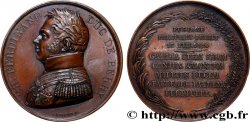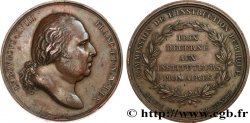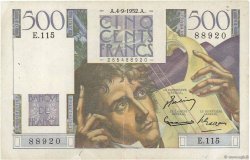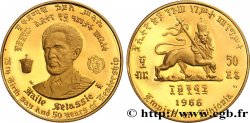v10_0108 - 20 francs Louis XVIII, tête nue 1824 Paris F.519/31
MONNAIES 10 (2000)
起拍价 : 274.41 €
估价 : 609.80 €
竞价记录 : 371.21 €
起拍价 : 274.41 €
估价 : 609.80 €
竞价记录 : 371.21 €
种类 20 francs Louis XVIII, tête nue
日期: 1824
铸币厂名称/城市 Paris
铸币数量 1507684
材质 gold
纯度、成色(用角密度) 900 ‰
直径 21 mm
模子方针 6 h.
重量 6,44 g.
侧面 en creux *DOMINE SALVUM FAC REGEM
关于品相的说明
Très bonne frappe, nœud des cheveux de la nuque un peu mou, U de la signature MICHAUT obstrué, un dixième de millimètre plus profond et la frappe eut été parfaite. On remarque à l'examen à la loupe x10 des traces d'un blason de revers dans le creux de l'œil et dans celui de l'oreille. Cet exemplaire a été refrappé sur un monnaie déja frappée, probablement une frappe identique mais défectueuse. La refrappe directe aura permis d'économiser un flan...
Les coins sont frais, celui de revers excellent, on y regrettera simplement de discrètes traces de stries d'ajustage, visibles à la loupe x10 sur les points hauts des lis et de la couronne du blason, sur une feuille de la dernière touffe de laurier à droite et sur le llistel. Il est probable que le coin de revers a été repoli car la luminosité du champ est excellente. On ne remarque pourtant aucune trace des stries e polissage des coins mais ceci tient peut-être à la double frappe qu'a subi cette monnaie et qui peut avoir oblitéré ces stries microscopiques. Tranche vigoureusement et régulièrement gravée, quelques très faibles "soulevés" sur le listel. Quelques différences de reflets qui tranchent dans le mat du velours du droit indiquent à l'œil nu des affaiblissements ou manques de velours sur les favoris et la dernière mèche des cheveux. La loupe x10 révèle quelques égratignures et de très légères traces de cheveux, principalement au droit
正面
正面的文字 LOUIS XVIII - ROI DE FRANCE..
正面的说明书 Tête nue de Louis XVIII à droite, les cheveux tenus par un bandeau noué dans le cou ; signé MICHAUT F.
背面
背面的文字 20 - F // 1824 A.
背面的说明书 Écu de France couronné entre deux branches d'olivier.
评论
Cet exemplaire est celui de la COLLECTION IDÉALE. Il illustre le type dans le FRANC III en couleurs. Plus bel exemplaire répertorié dans la COLLECTION IDÉALE pour le type, tous ateliers et années confondus.
This example is from the IDEAL COLLECTION. It illustrates the type in FRANC III in color. The finest example listed in the IDEAL COLLECTION for the type, all workshops and years combined.
This example is from the IDEAL COLLECTION. It illustrates the type in FRANC III in color. The finest example listed in the IDEAL COLLECTION for the type, all workshops and years combined.








 对产品描述纠错
对产品描述纠错 打印
打印 分享我的选择
分享我的选择 提问
提问 Consign / sell
Consign / sell
 产品介绍
产品介绍















